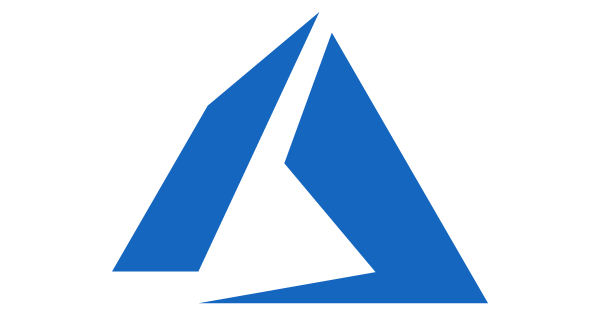With the help of an example, this blog post will walk you through how to use the Azure Data explorer Go SDK to ingest data from an Azure Blob storage container and query it programmatically using the SDK. After a quick overview of how to setup Azure Data Explorer cluster (and a database), we will explore the code to understand what’s going on (and how) and finally test the application using a simple CLI interface
The sample data is a CSV file that can be downloaded from here.
What Is Azure Data Explorer?
Azure Data Explorer (also known as Kusto) is a fast and scalable data exploration service for analyzing large volumes of diverse data from any data source, such as websites, applications, IoT devices, and more. This data can then be used for diagnostics, monitoring, reporting, machine learning, and additional analytics capabilities.
It supports several ingestion methods, including connectors to common services like Event Hub, programmatic ingestion using SDKs, such as .NET and Python, and direct access to the engine for exploration purposes. It also integrates with analytics and modeling services for additional analysis and visualization of data using tools such as Power BI
Go SDK for Azure Data Explorer
The Go client SDK allows you to query, control and ingest into Azure Data Explorer clusters using Go. Please note that this is for interacting with the Azure Data Explorer cluster (and related components such as tables etc.). To create Azure Data Explorer clusters, databases etc. you should the use the admin component (control plane) SDK which is a part of the larger Azure SDK for Go
API docs - https://godoc.org/github.com/Azure/azure-kusto-go
Before getting started, here is what you would need to try out the sample application
#tutorial #big data #azure #analytics #go #azure data #azure data explorer
